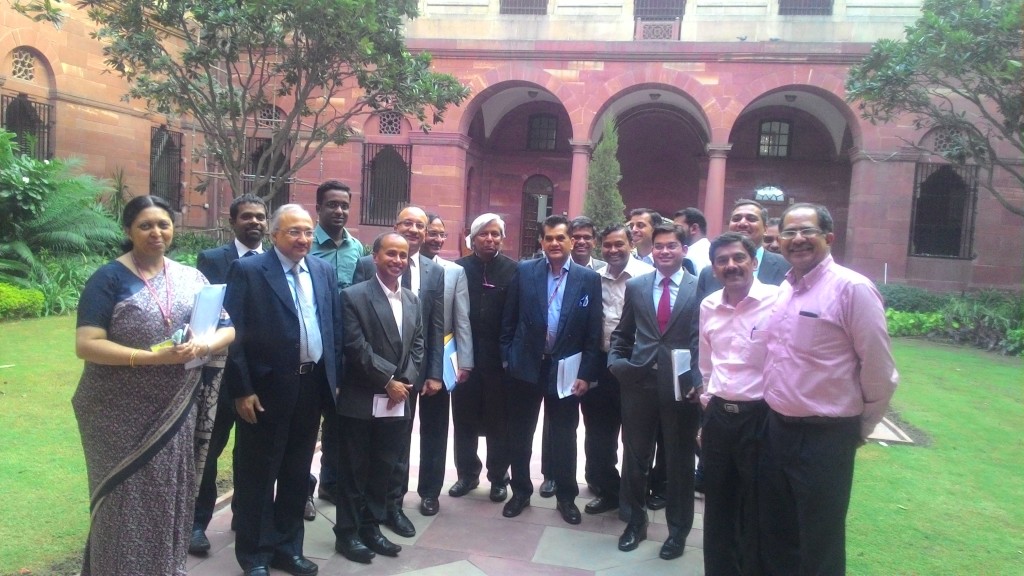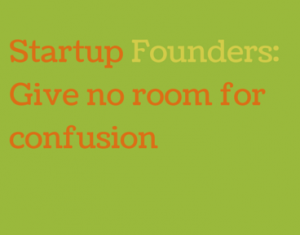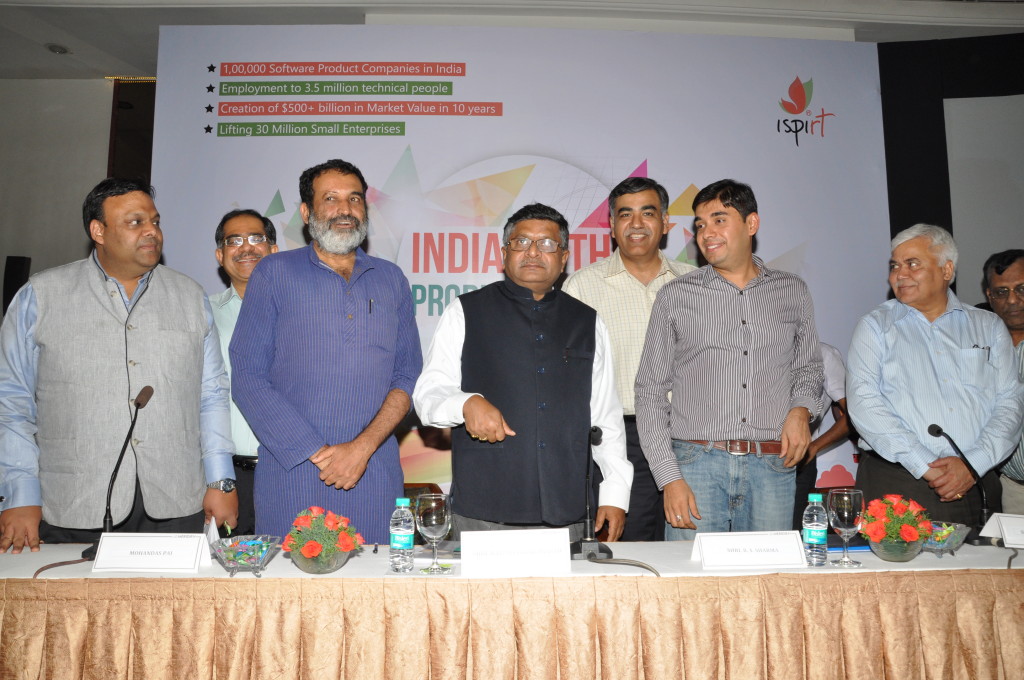Whether you’re an early stage, late stage or VC funded startup (pun intended). There is one thing all of us struggle with always and that is ‘Growth’. So, how to keep this repeatable in constantly changing market dynamics?
Acommunity is a great place to learn, unlearn and grow at the pace you never imagined. For SaaS startups in India(bravery award goes to you), SaaSx is a community built by thought leaders for other builders to nail this process in and out. #SaaSx4 was a tech event that provided SaaS founders the opportunity to network and share product insights with other SaaS founders.
How we got into #SaaSx4 Product Teardown..
Widely is an early stage SaaS startup, we’re right now hustling, learning and trying to respond to the amazing traction we’re receiving. While all this was happening, we got a call from Prasanna K to attend SaaSx, that was the first time we heard about Product Teardown and horror stories around it. Imagine your product being grilled down to levels in front of the whole community.
It did seem scary, but we said YES!
Because very often when something scares you, it’s the very thing worth doing.
So, what were our asks?
Initially they were simple, to validate our thought process, marketing channels, and product roadmap, but subsequent calls and discussions with Avlesh Singh, CEO, WebEngage, Bharath Balasubramanian, Director of Design, Freshdesk, and Shekhar Kirani, Accel Partners, made us realize it is an opportunity to deep dive and their critical remarks made us rethink over pricing to customer onboarding.
#SaaSx4 Event Day: The D-Day
This was my first SaaSx & by the end of the day, I was left amused and happy to become part of the SaaSx community. It is by SaaS founders for SaaS founders, hence, the learning becomes easier & straight cut out for us.
UnConference, Product teardown & Fireside chats, also in between meeting Investors (trust me that was not the driving force for anyone joining in there), the energy was to learn and grasp as much as possible. When you hear guys like Girish, Sudhir, & Avlesh talking about their mistakes, you feel confident within.
There comes the Scary Product Teardown
So, how it began?
I was called on the stage, Bharath, Avlesh and Shekhar ready with their inputs. The hall was full of awesome SaaS founders, including those of India’s best SaaS companies, interacting constantly over the good and bad parts of products(Imagine receiving suggestions from the experienced).
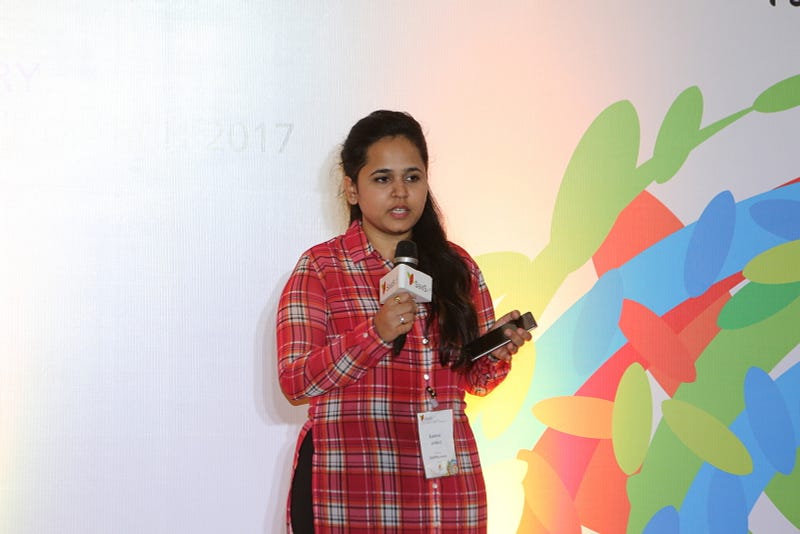
- Introduction: I went up and gave some context to the audience
Widely helps online businesses to acquire new mobile users, increase conversions and grow user retention with nothing but their existing website by upgrading it into a progressive web app in minutes. Introducing native mobile app features into a website, the plug and play setup with the analytics based dashboard to trigger and customize a Progressive Web App (Mobile Web App).
- Product teardown segments & Widely’s State
Product teardown was segmented into three sections primarily, Finding Customers, Keeping Customers & What is my market.
- Widely’s primary traction channels are SEM and SEO,
- Also, our customer segment is a marketer or a product manager.
- For us to convert a website visitor into a customer is a simple 2 step process, a signup and then 15 minutes plug & play integration into their website.
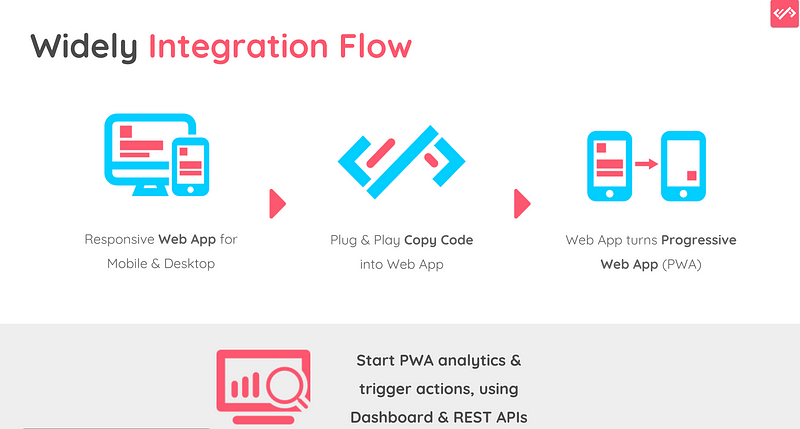
These details were used in teardown, and so teardown was designed in a way to be helpful for others struggling in the similar space.
- The Teardown began
As an early stage startup with a goal to reach the global audience, we’ve identified search and ads as great ways to go ahead. So, exactly this was the first step, Widely’s SEM at one side works great, SEO is where our keywords don’t match. That was eye opening to me as sometimes while building and selling the product we tend to forget most basic things.
Then came product landing, with few ifs and buts, here we saw our moments of wows & learning, in the form of better representation.

Bharath pointed out key areas we need to improve upon during Sign up too, although this is something we’re constantly working upon and rigorously followed making website our best marketing person, but exactly the point, improvements to become sticky for the set of next 100 customers should be the focus.

The final step to Setup!
So, out of all signups we get every day there are many who don’t integrate (A huge loss to our marketing efforts), there could be many reasons, we’re constantly using visualizations and website conversion optimization tools to see where our funnel breaks and fix those parts immediately. For us to come at something which we saw next would have taken some next 100 signups we believe,


The next step of teardown focused on our claim of no coding required, though that is not required but looking at the setup it feels a coder is required, and for us targeting product managers this doesn’t look related at all.
Suggestions by Bharath for the setup screen
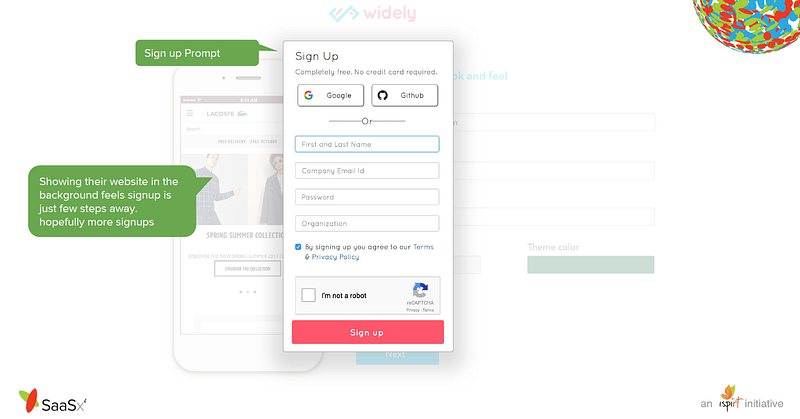
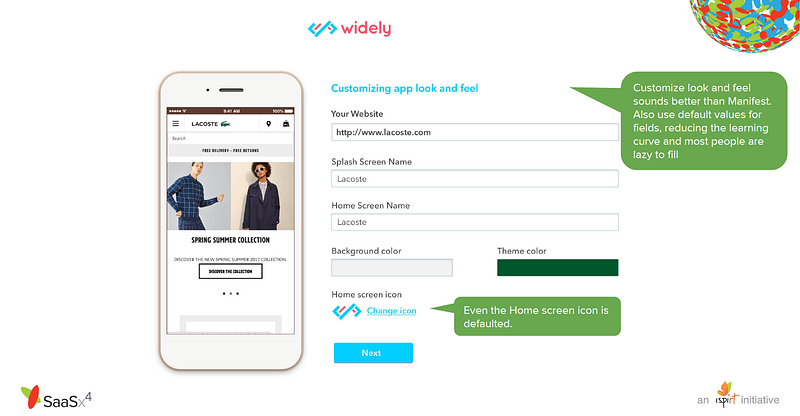
The designs in themselves speak louder than words and hence, something we loved instantly, apart from great design and user experience inputs. We got great insights from,
Girish — Website landing page heading should initially focus on technicalities, then functionalities and later on the larger message when the brand is big enough.
Ex: Coca-Cola — open happiness.
Ex: We say ‘Upgrade into a Progressive Web App’, this is good for us initially as an early stage startup, segmented only for the crowd who knows.
Shekhar — Asking telephone numbers from our initial customers is a great way to increase conversions rapidly, our signup should have that one field.
The last but not the least, Product Positioning and Market
All the above insights make no sense when we don’t know our market. I did talk about the positioning of early stage startups and how we did it for widely.
As there is this increasing need of brands to be accessible by all mobile users, we get queries from enterprises, brands, services/agencies related to our solution, we’ve been on and off on where to focus and what we should leave. This also made us change our pricing many times.
The last part of teardown was a relief when the founders sitting there, Shekhar & Avlesh made us believe you don’t need to stay at one, until you get where the best market is. All this made sense, as then we could generate higher revenue by understanding our value add to the users.
At the same time, we received Girish’s point of view on growing freemium way and onboard as many users as we can,
So here is the beauty of SaaSx, you get everything, now it is going to be a tough fight within the team to choose a way.
Key takeaways..
An enthralling experience in Widely’s product journey, SaaSx, and product teardown happened to be extremely helpful. In my opinion, teardown is a great way to eliminate blockers and move faster against competition and changing market.
I’d like to end by a note I sent out to Avlesh, Shekhar, Bharat & Avinash.

Definitely I’m in awe and I’d like to mention Product Teardown of Omnify & Product Teardown of 99Tests, these were our fellow product teardown startups, they have explained the process extensively to explore further. Hope it helps more SaaS startups growing and hustling.


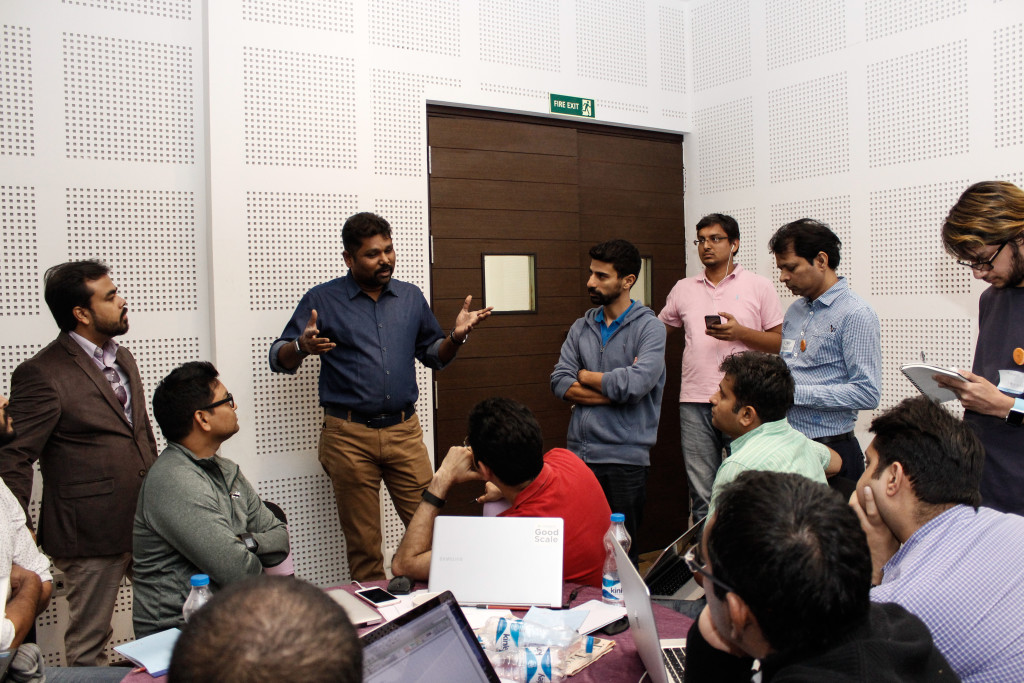 The goal was to create 8-10 companies every year which would eventually go on to become $10mn revenue companies in the next 3 years.
The goal was to create 8-10 companies every year which would eventually go on to become $10mn revenue companies in the next 3 years.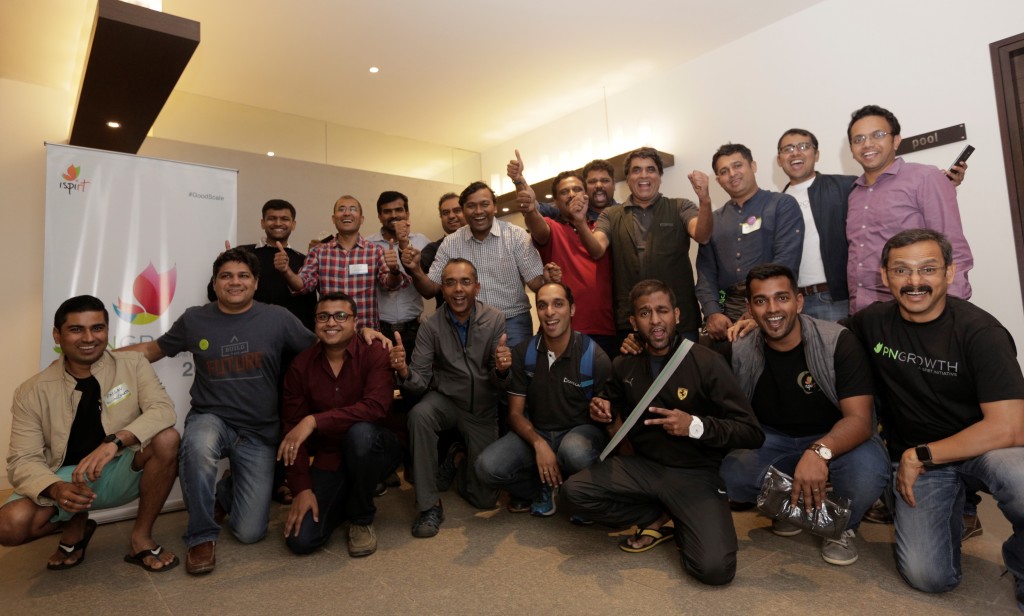 My next request was to get
My next request was to get 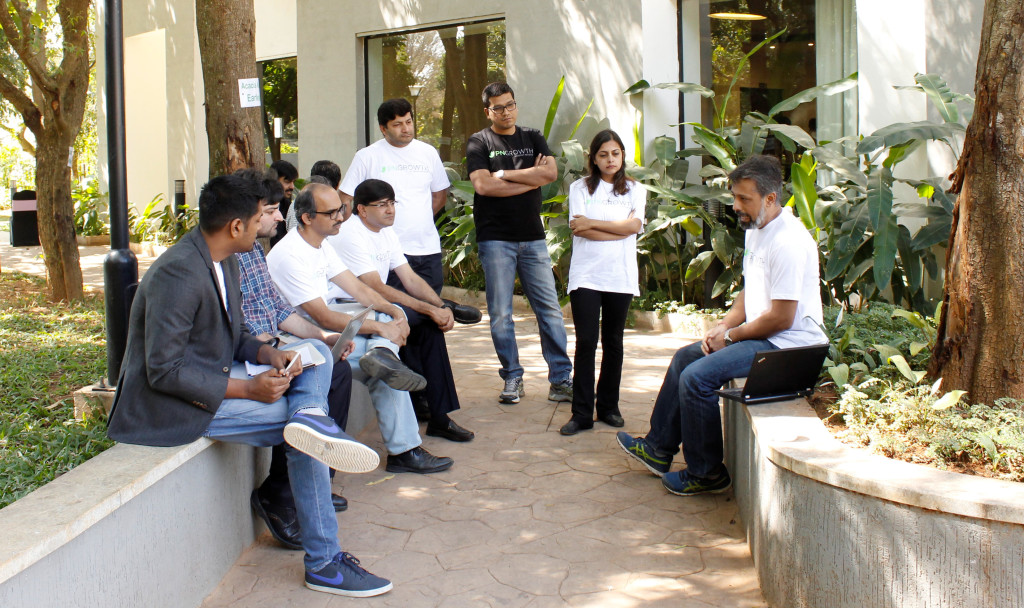 It was great to see that all the facilitators did an outstanding job of delivery of the frameworks and ensured that they shared real life stories and lots of data and numbers from their companies. What was more important was that they made sure they spent time with all the attendees and ensured they received personalised attention. They were able to build a personal connect and trust within the startup community by sharing internal information even though they didn’t have to, thereby making the discussion even more credible.
It was great to see that all the facilitators did an outstanding job of delivery of the frameworks and ensured that they shared real life stories and lots of data and numbers from their companies. What was more important was that they made sure they spent time with all the attendees and ensured they received personalised attention. They were able to build a personal connect and trust within the startup community by sharing internal information even though they didn’t have to, thereby making the discussion even more credible.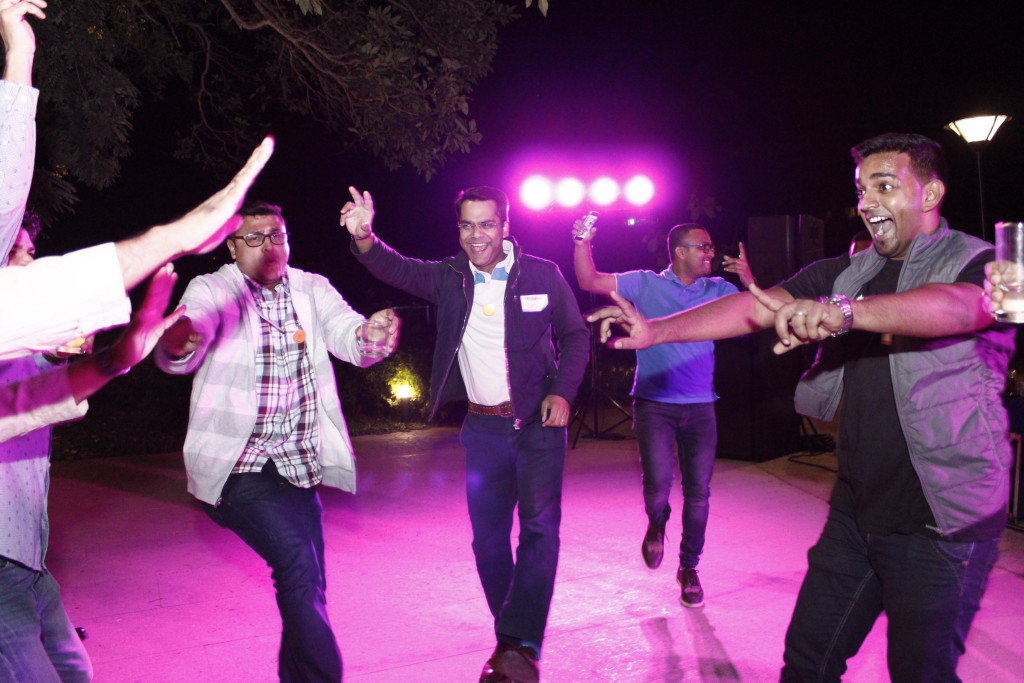 HOW DID WE THEN SELECT WHO ACTUALLY GOT TO SEE THE MOVIE?
HOW DID WE THEN SELECT WHO ACTUALLY GOT TO SEE THE MOVIE?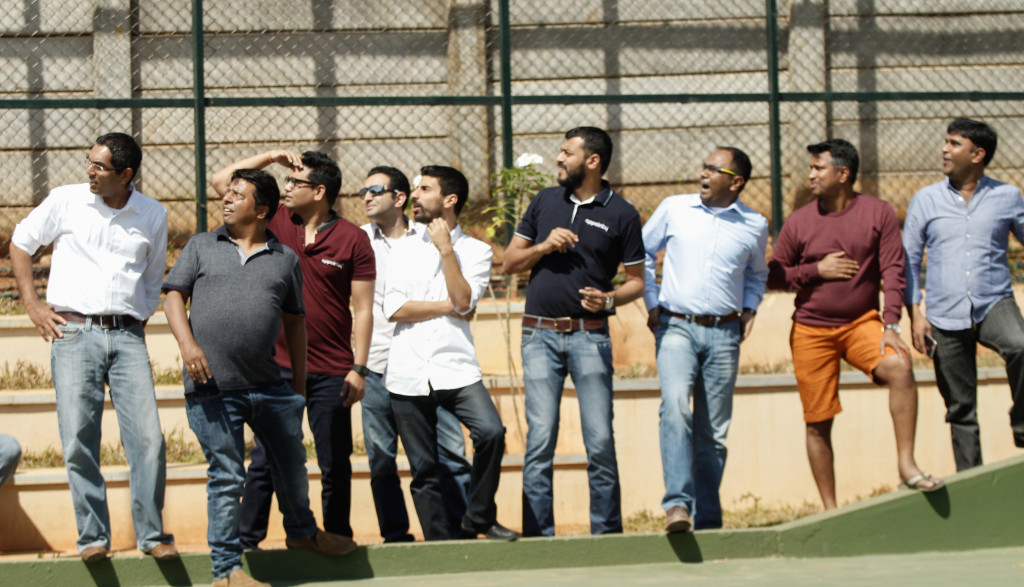
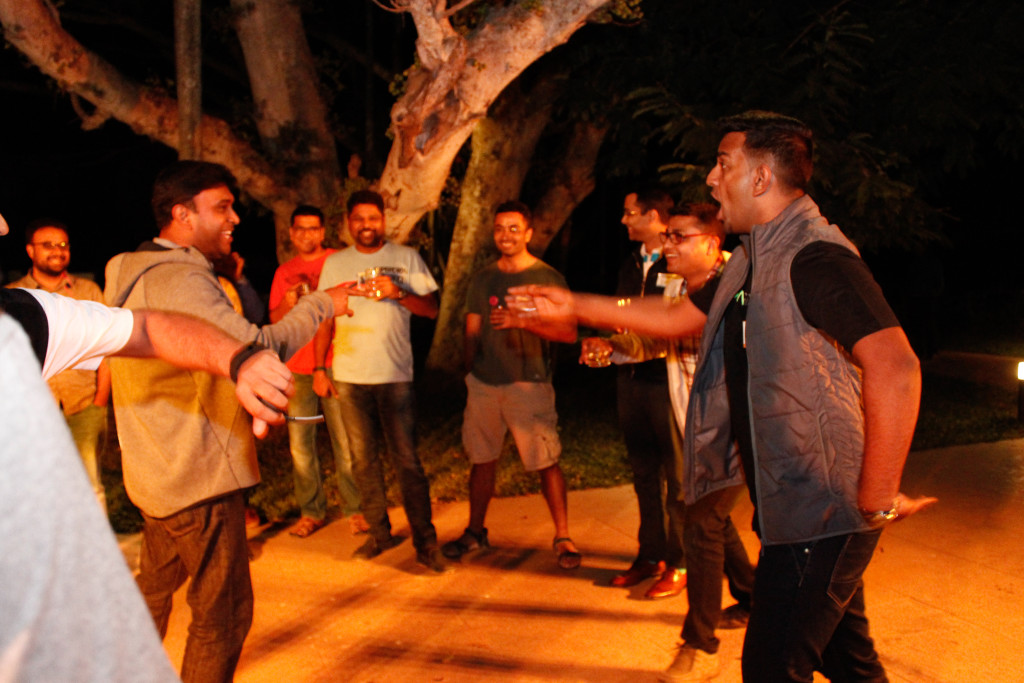 WHAT ABOUT THE CREW?
WHAT ABOUT THE CREW?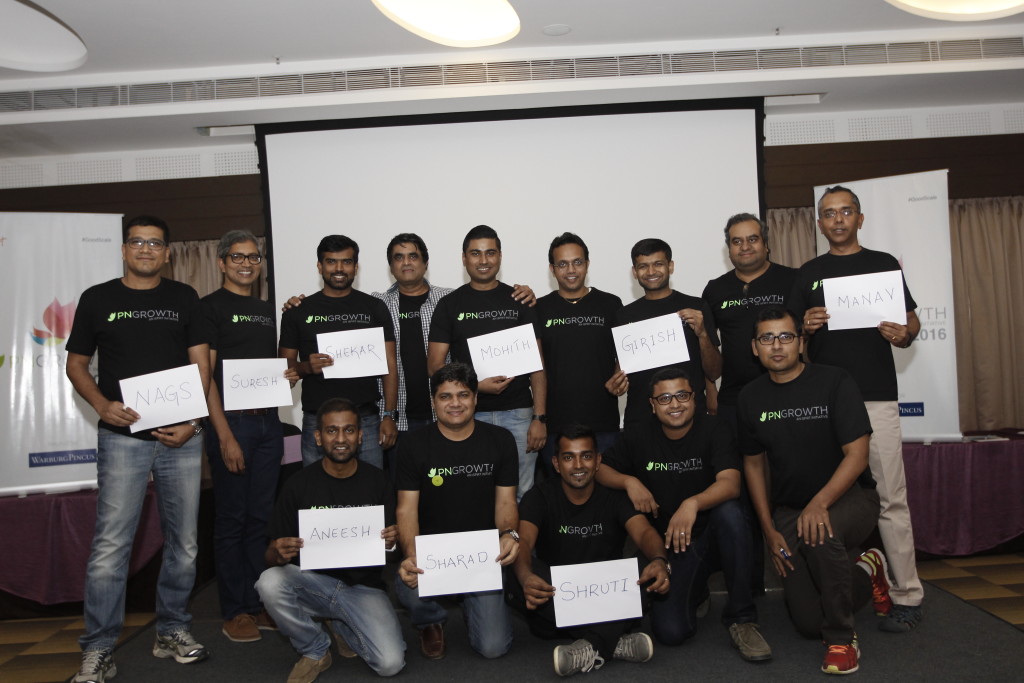 I don’t know if i would ever be able to do something like that. Hats off to all the volunteers who put together an awesome experience for the PNgrowth family.
I don’t know if i would ever be able to do something like that. Hats off to all the volunteers who put together an awesome experience for the PNgrowth family.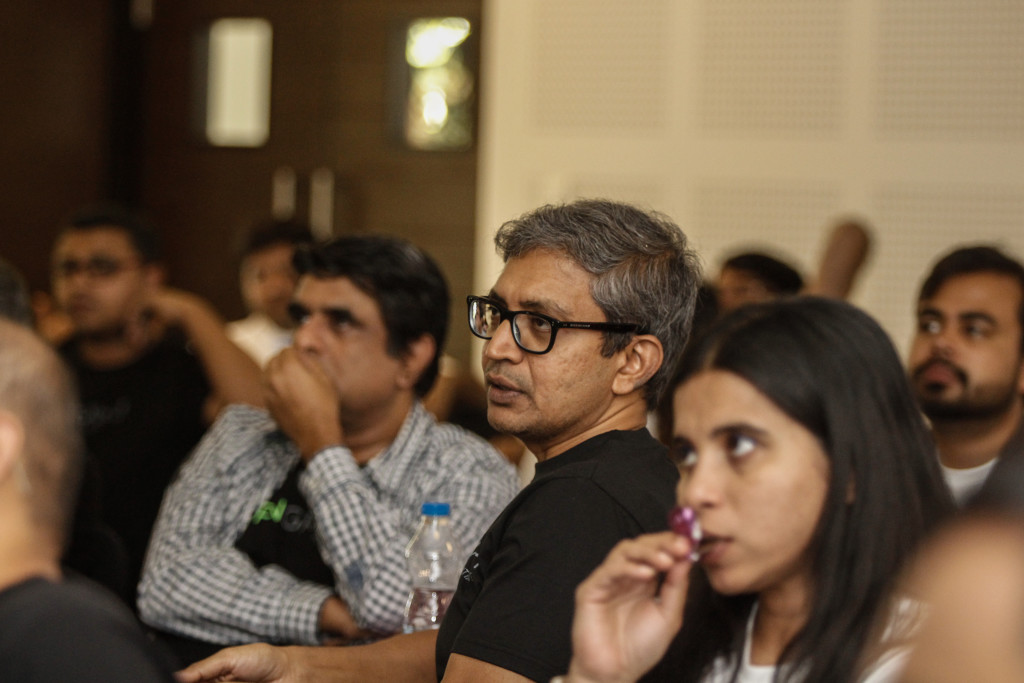 The complete session went on till almost tea break after which the candidates came back in for the third and final session by Shekhar and Manav.
The complete session went on till almost tea break after which the candidates came back in for the third and final session by Shekhar and Manav.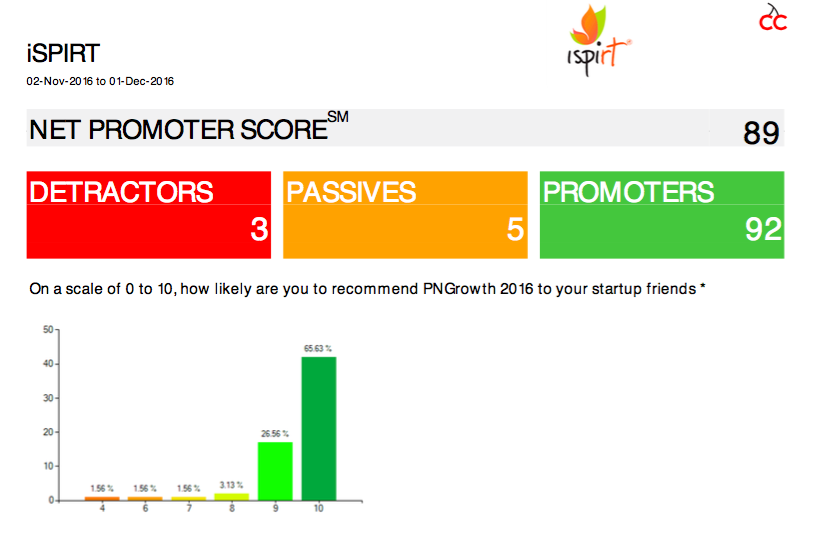 After this, all founders were made to do this exercise on “Getting to 3X Growth
After this, all founders were made to do this exercise on “Getting to 3X Growth 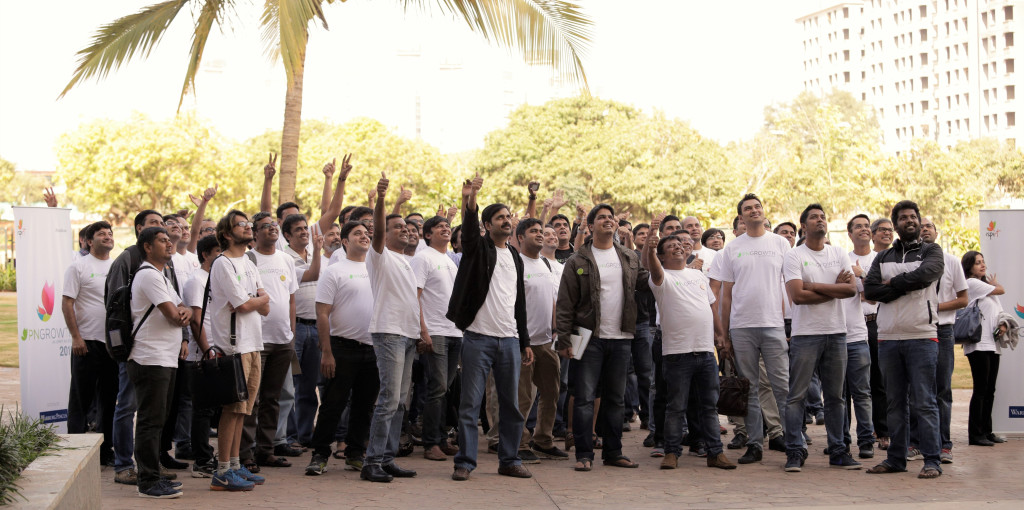
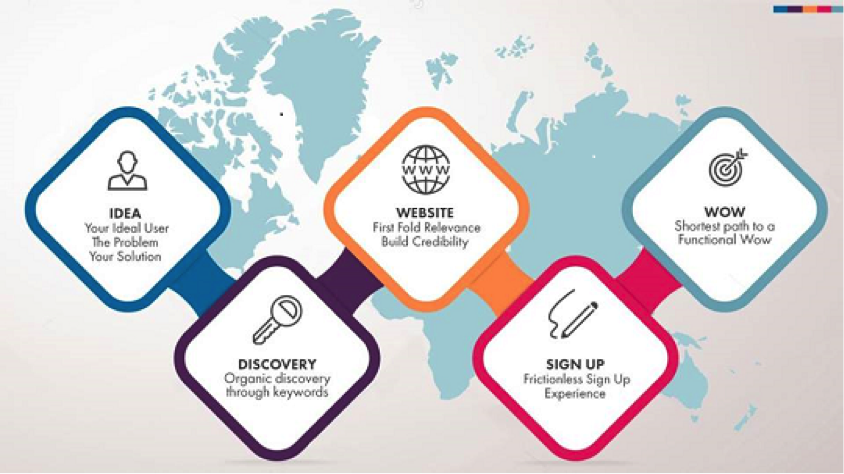 Here’s a bit about each of these sessions. While the principles will apply to any business, it applies much more aptly to SaaS software companies
Here’s a bit about each of these sessions. While the principles will apply to any business, it applies much more aptly to SaaS software companies Your Stage 2 session kicks in when you’ve found the product-market fit to systematically grow the business. For companies at this stage, we moderate Playbook Roundtable sessions. This
Your Stage 2 session kicks in when you’ve found the product-market fit to systematically grow the business. For companies at this stage, we moderate Playbook Roundtable sessions. This 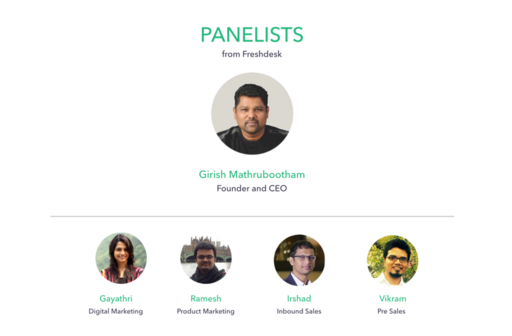 Stage 3 is extremely important because even though you’ve cleared thousands of miles, you still aren’t in orbit yet and need the final power booster to get there. For Stage 3, we bring you none other than the SaaS Superstar,
Stage 3 is extremely important because even though you’ve cleared thousands of miles, you still aren’t in orbit yet and need the final power booster to get there. For Stage 3, we bring you none other than the SaaS Superstar,  If you are a member of a SaaS founding team, you should definitely join the
If you are a member of a SaaS founding team, you should definitely join the 
